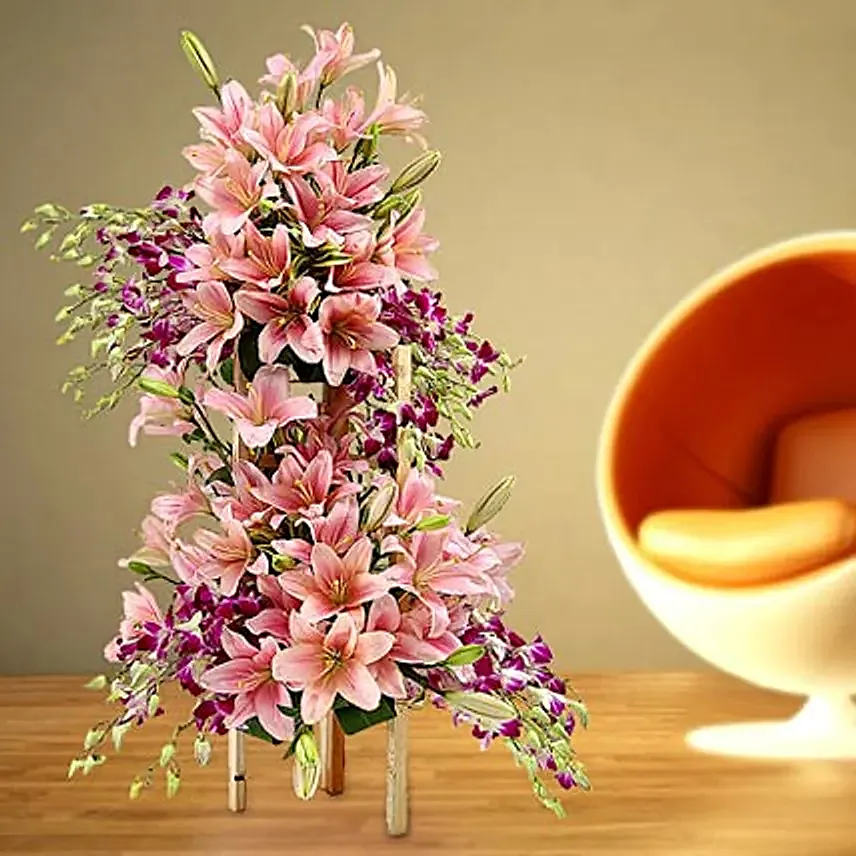Why Do Roses Have Thorns
- Author: Anushka Published: 06th Oct, 2023
Roses, with their exquisite beauty and captivating fragrance, have been cherished by humans for centuries. However, amidst their allure lies a defense mechanism that has intrigued and puzzled nature enthusiasts - thorns. These sharp structures protruding from rose stems have a fascinating purpose deeply rooted in the survival and protection of the plant.

Botanically speaking, the thorns found on rose stems are not true thorns; they are actually modified stems or branches called ‘prickles.’ Unlike true thorns, which are modified leaves or stipules, prickles are outgrowths of the epidermis, the outermost layer of the stem. Their tough and pointy nature serves various essential functions that contribute to the rose's well-being. Some of them are -
Protection from Predators
One of the primary reasons roses developed prickles is for protection against herbivores and potential threats. In the wild, roses face the risk of being browsed upon by animals seeking nourishment. The thorns act as a deterrent, making it challenging for animals to feed on the plant without injuring themselves. This defense mechanism helps ensure the survival of the rose species in the natural ecosystem.
Support and Climbing
In addition to protection, the prickles on rose stems also support and aid in climbing. Many rose varieties are climbers, and their needles enable them to grip surfaces like trellises, fences and other plants, allowing them to reach for sunlight and grow vertically. The thorns, in this case, serve as nature's ingenious adaptation for the rose's upward growth and expansion.
Water Conservation
The presence of prickles on rose stems plays a role in water conservation. The sharp projections create a barrier that reduces water loss through transpiration, the process by which plants release water vapour through tiny pores called stomata. By minimising water loss, the rose can better cope with arid conditions and retain moisture, especially during dry periods.
Temperature Regulation
Interestingly, the thorns on rose stems also help regulate temperature. During hot weather, the thorns create small air pockets that can reduce heat absorption and aid in cooling the plant. Conversely, in colder climates, the prickles may serve as insulation, protecting the plant from freezing temperatures.
While roses may seem delicate and gentle, their thorns reveal the genius of nature's design. These seemingly defensive structures play a vital role in the rose's survival. So, as we admire the elegance of rose flowers, let us also appreciate the beauty of their protective armour, showcasing nature's resilience and creativity in the face of adversity.





